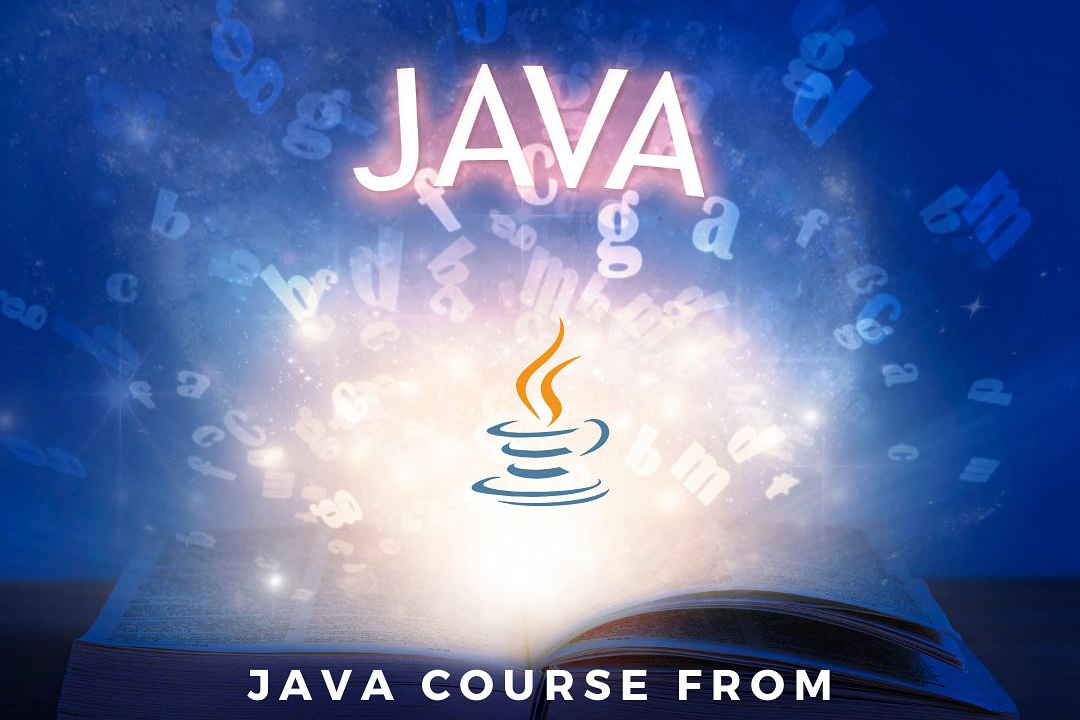multitasking and multithreading in java
Concurrency in Java: Mastering Multitasking and Multithreading
multitasking and multithreading in java
Multitasking in Java refers to the ability of the Java Virtual Machine (JVM) to execute multiple tasks simultaneously, while multithreading is a specific implementation of multitasking that involves running multiple threads within a single process. In Java, a thread is the smallest unit of processing that can be scheduled by the operating system, and each thread can run concurrently, allowing for efficient utilization of system resources. Java provides the `Thread` class and the `Runnable` interface to facilitate the creation and management of threads. Developers can use multithreading to perform background tasks, improve application performance, and create responsive user interfaces. The Java concurrency framework further enhances this capability by providing high-level constructs for managing thread synchronization and communication, enabling robust multitasking applications.
To Download Our Brochure: https://www.justacademy.co/download-brochure-for-free
Message us for more information: +91 9987184296
1 - Definition of Multitasking: Refers to the ability of the operating system to execute multiple tasks or processes simultaneously, improving the overall efficiency of the system.
2) Types of Multitasking: There are two main types:
Process based multitasking: Multiple processes are executed by the operating system.
Thread based multitasking: Multiple threads are executed within a single process, which is more lightweight than processes.
3) Definition of Threads: A thread is a lightweight subprocess, a smaller unit of process. Threads share the same memory space but operate independently.
4) Java Threads: In Java, threads can be created by extending the `Thread` class or implementing the `Runnable` interface, providing flexibility to create concurrent programs.
5) Creating Threads:
By extending `Thread`: Override the `run()` method and create an instance of your class.
By implementing `Runnable`: Create a class that implements `Runnable`, define the `run()` method, and then pass it to a `Thread` object.
6) Thread States: There are several states that a thread can be in throughout its lifecycle, including:
New: When a thread is created.
Runnable: After invocation, but not necessarily running.
Blocked: Waiting for a monitor lock.
Waiting: Waiting indefinitely for another thread to perform a particular action.
Terminated: When its execution is complete.
7) Thread Scheduling: Java uses time slicing for thread scheduling, allowing multiple threads to share CPU time effectively. The Java Virtual Machine (JVM) manages this process.
8) Synchronization: When multiple threads access shared resources, it can lead to inconsistent data. Synchronization controls access to these resources, ensuring that only one thread can access them at a time.
9) Using `synchronized` Keyword: You can use the `synchronized` keyword in Java to control access to a method or block of code, preventing concurrent access by multiple threads.
10) Thread Interfacing: Java provides the `java.lang.Runnable` interface for defining threads. This allows for more flexible code as it separates the task from the thread management.
11) Thread Pooling: Java provides the Executor framework, which allows for the efficient management of threads. Thread pools manage a pool of worker threads and reuse them for executing tasks instead of creating new threads for each task.
12) Handling Exceptions in Threads: Uncaught exceptions in threads can terminate the thread. Java provides the `Thread.UncaughtExceptionHandler` interface to handle such exceptions at the application level.
13) Daemon Threads: These are background threads that do not prevent the JVM from exiting when the program finishes. They are typically used for tasks like garbage collection.
14) Benefits of Multithreading: Includes improved resource utilization, better performance for CPU bound tasks, and increased application responsiveness.
15) Challenges of Multithreading: Issues such as race conditions, deadlocks, and livelocks, which can arise due to improper synchronization and control over shared resources.
16) Real world Use Cases: Examples include web servers, GUI applications, and network applications where multiple tasks need to be handled concurrently without blocking the main application thread.
These points provide a robust structure for understanding multiplayer multitasking and multithreading in Java, which can be expanded with practical exercises and examples for students.
Browse our course links : https://www.justacademy.co/all-courses
To Join our FREE DEMO Session: Click Here
Contact Us for more info:
FLUTTER TRAINING IN Saunda
Flutter Training in Dimapur
Net Full Stack Developer Course
NODE JS Backend Framework
iOS training in Guwahati











